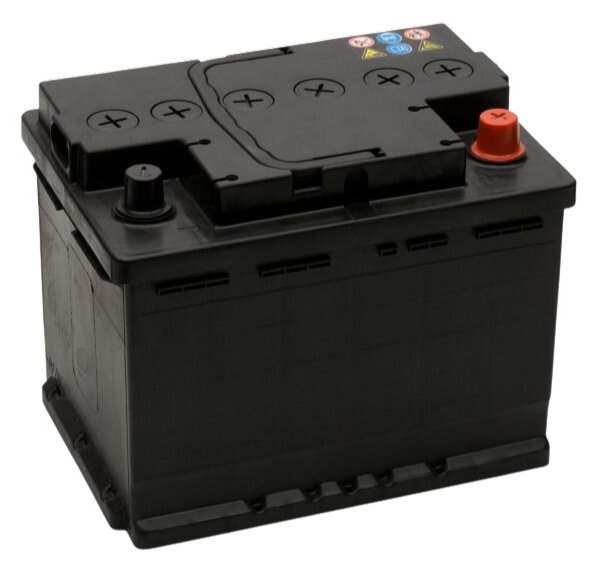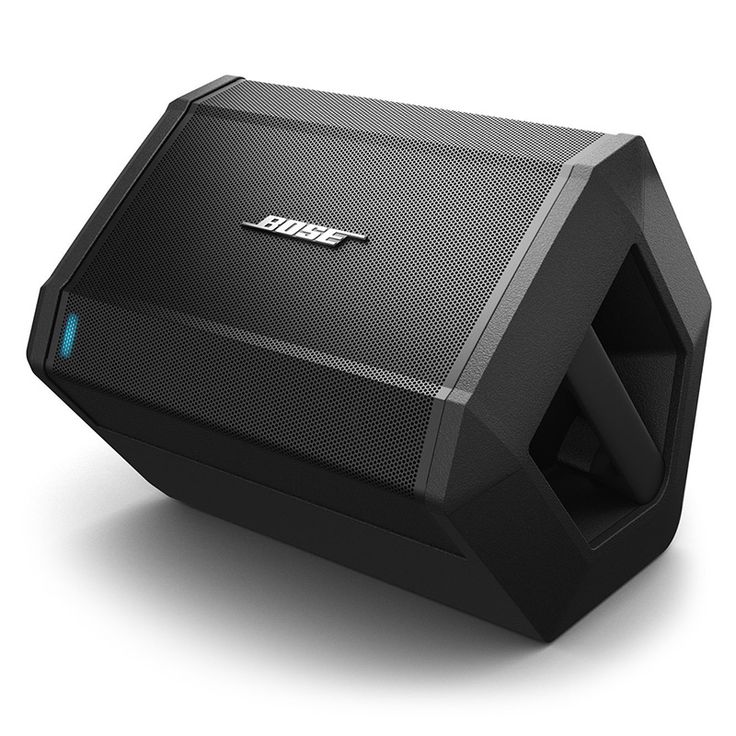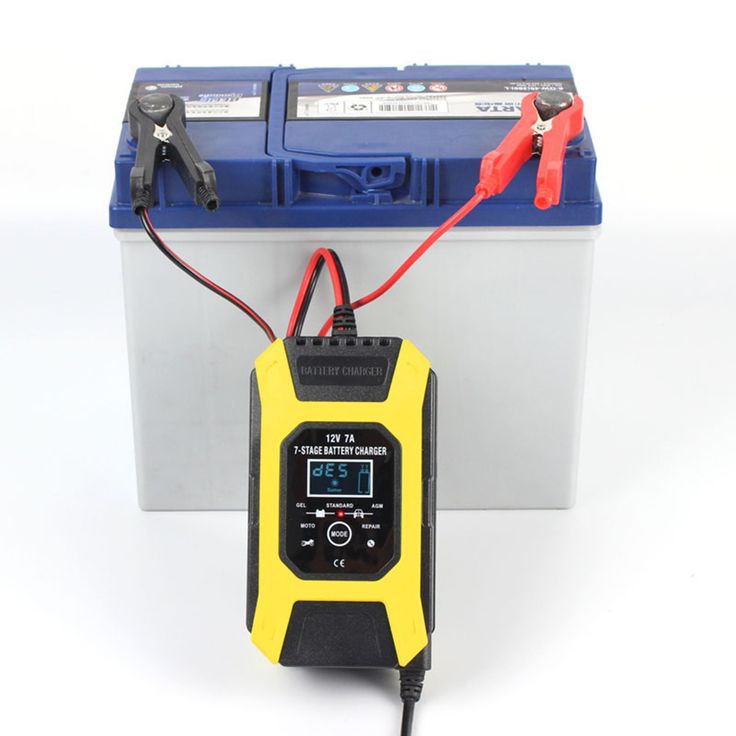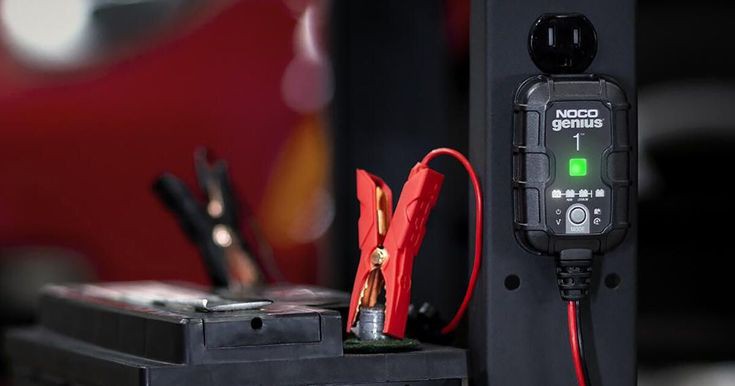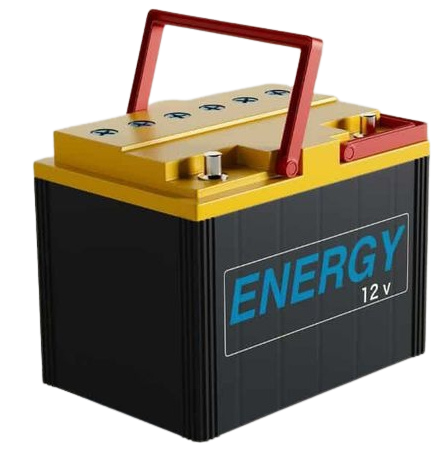Regular Flooded Batteries
Contents
- 1 Regular Flooded Batteries
- 2 Demystifying Regular Flooded Batteries
- 3 The Chemistry Behind Regular Flooded Batteries
- 4 How Do Regular Flooded Batteries Work?
- 5 The Many Perks of Regular Flooded Batteries
- 6 Everyday Uses of Regular Flooded Batteries
- 7 Maintaining Your Regular Flooded Batteries
- 8 Charging Up: A Safe Guide for Regular Flooded Batteries
- 9 The Flip Side: Disadvantages of Regular Flood
- 10 Eco-Friendly Disposal of Regular Flooded Batteries
- 11 Regular Flooded Batteries vs. lithium-ion batteries
- 12 Conclusion:
- 13 FAQs

Introduction:
Regular flooded batteries are all around us, often hidden inside the devices and vehicles we rely on every day. These unassuming power sources are vital in keeping our lives running smoothly. In this comprehensive guide, we’ll take you through the world of regular flooded batteries. By the end, you’ll be well-versed in their chemistry, operation, benefits, and eco-friendly disposal. Let’s get started!
Demystifying Regular Flooded Batteries
Regular flooded batteries, also known as wet-cell batteries, are energy storage devices that are used in a wide range of applications. Despite their prevalence, many people find them mysterious. To demystify them, let’s begin with the basics.
These batteries are called “flooded” because they contain a liquid electrolyte solution, typically a mixture of water and sulfuric acid. This liquid bathes the battery’s internal components, enabling the chemical reactions necessary for energy storage and discharge.
The Chemistry Behind Regular Flooded Batteries

The heart of a regularly flooded battery lies in its chemical components. It consists of two lead plates—the positive (anode) and the negative (cathode)—immersed in the electrolyte solution.
When you connect the battery to a device or circuit, a chemical reaction takes place. Sulfuric acid in the electrolyte interacts with the lead plates, forming lead sulfate on both scales. This process releases electrical energy, which powers your devices.
How Do Regular Flooded Batteries Work?
Regular flooded batteries use a simple but effective process to generate power. When you connect a device or circuit to the battery, electrons flow from the negative plate (cathode) to the positive plate (anode). This movement of electrons creates an electrical current.
Meanwhile, the chemical reactions between the sulfuric acid and the lead plates create lead sulfate. During discharge, the plates become coated with lead sulfate, and the battery’s voltage decreases as it expends energy.
The Many Perks of Regular Flooded Batteries
Regular flooded batteries offer several advantages that make them popular in many applications. Here are some key benefits:
Affordability:
Regular flooded batteries are cost-effective, making them an attractive option for budget-conscious consumers.
Durability:
These batteries are known for their resilience and can withstand deep discharges, making them suitable for demanding tasks.
Readily Available:
You can find regular flooded batteries easily, as they are widely stocked in stores and online.
Maintenance:
With proper care, these batteries can have a long service life, providing value for your money.
Everyday Uses of Regular Flooded Batteries
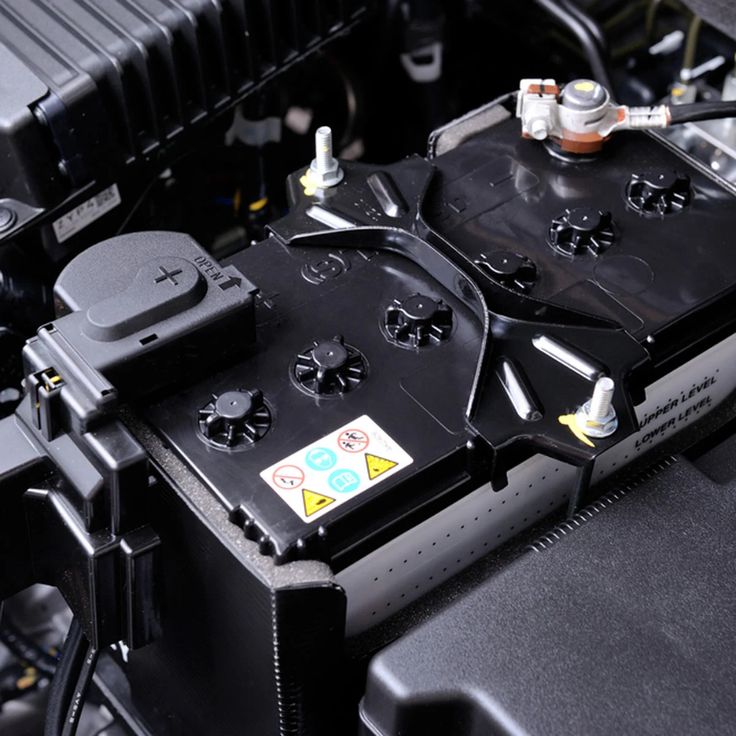
Now that we’ve explored the advantages of regular flooded batteries let’s take a look at the everyday devices and applications where you’ll find them:
Automobiles:
Regular flooded batteries are the most common type of battery in cars. They provide the initial surge of power to start the engine and also supply energy for various electrical systems.
Boats:
Marine vessels rely on regular flooded batteries for engine starting and power onboard electronics.
Emergency Lighting:
Many emergency lighting systems, like those in exit signs, use regular flooded batteries as a backup power source.
Solar Power Storage:
In off-grid solar power systems, these batteries store energy generated by solar panels for use during periods of low sunlight.
Uninterruptible Power Supplies (UPS):
Regular flooded batteries are used in UPS systems to provide a reliable power source during electrical outages.
Recreational Vehicles:
RVs and campers use these batteries to power lights, appliances, and other equipment.
Golf Carts:
Electric golf carts often use regular flooded batteries to drive around the greens.
Material Handling Equipment:
Forklifts and other industrial equipment rely on these batteries for their energy needs.
Home Security Systems:
Backup batteries in home security systems are often of the regular flooded variety.
Portable Power:
Many portable power tools, like drills and saws, are powered by regular flooded batteries.
Maintaining Your Regular Flooded Batteries
Maintaining your regular flooded batteries is key to ensuring they perform optimally and last as long as possible. Here are some simple maintenance tips to follow:
Keep It Clean:
Regularly check for dirt and corrosion on the battery terminals. Clean any buildup to maintain a good connection.
Water Level:
If your battery has removable caps, check the water level periodically and top it up with distilled water as needed.
Charge Promptly:
Avoid letting the battery fully discharge. Recharge it promptly after use to prevent damage.
Safety First:
When working with batteries, wear safety gear like gloves and goggles to protect yourself from acid splashes.
Secure Connections:
Ensure that all connections are tight and secure to minimize resistance and overheating.
Storage:
If storing your battery for an extended period, keep it in a cool, dry place, and consider using a battery maintainer.
Charging Up: A Safe Guide for Regular Flooded Batteries
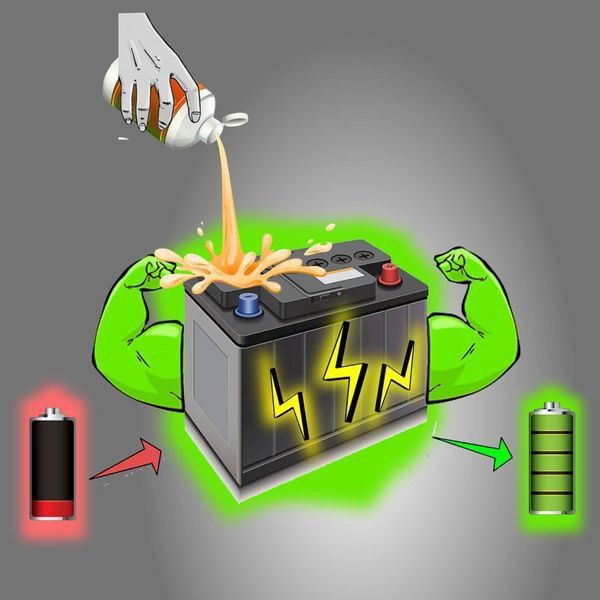
Charging regular flooded batteries requires some precautions to ensure safety and longevity:
Use the Right Charger:
Use a charger specifically designed for regular flooded batteries to prevent overcharging.
Avoid Fast Charging:
Opt for slow charging to avoid overheating and prolong the battery’s lifespan.
Ventilation:
Charge batteries in a well-ventilated area to disperse potentially harmful gases.
Disconnect After Charging:
Once the battery is fully charged, disconnect it from the charger to prevent overcharging.
The Flip Side: Disadvantages of Regular Flood
While regular flooded batteries have their merits, it’s essential to be aware of their limitations. These batteries can be heavy and bulky, making them less ideal for portable devices. They also require regular maintenance, such as checking water levels and cleaning terminals. Overcharging can lead to damage, and they may not perform well in extremely cold conditions. Additionally, the sulfuric acid in them can be harmful if mishandled. Despite these drawbacks, understanding these limitations allows users to make informed decisions when choosing the correct battery for their needs.
Eco-Friendly Disposal of Regular Flooded Batteries
Eco-friendly disposal of regular flooded batteries is crucial for a clean environment. These batteries contain lead and sulfuric acid, which can harm nature if not disposed of properly. To recycle them responsibly, take them to a recycling center that handles hazardous waste. Many places offer drop-off locations for used batteries. This not only prevents pollution but also conserves valuable resources. Avoid tossing batteries in regular trash, as this can contaminate landfills. By taking the eco-friendly route you help protect the environment and ensure a sustainable future.
Regular Flooded Batteries vs. lithium-ion batteries
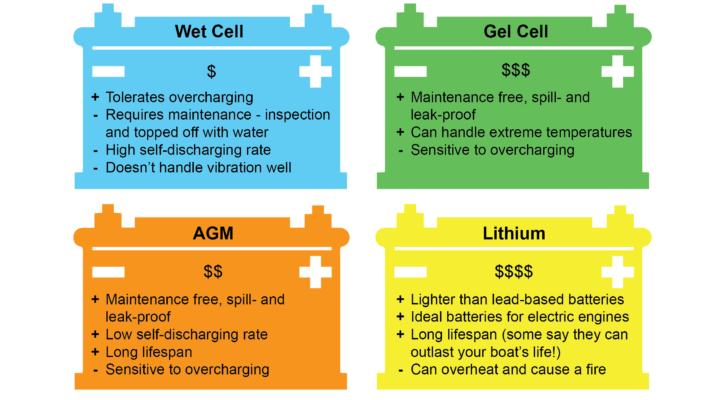
Regular flooded and lithium-ion batteries are two popular choices, each with unique strengths. Flooded batteries are affordable and robust, perfect for vehicles and heavy-duty equipment. However, they’re heavier and require maintenance. In contrast, lithium-ion batteries are lightweight and need little upkeep. They power smartphones, laptops, and electric vehicles. Yet, they’re pricier. Choosing between them depends on your needs. If you want cost-efficiency and durability, go for flooded batteries. For lighter, low-maintenance solutions, opt for lithium-ion. Understanding the differences helps you make the right choice for your specific applications.
Conclusion:
In conclusion, regular flooded batteries, though often overlooked, play a vital role in our daily lives. These workhorses power our cars, boats, and many other essential devices. They might not be the flashiest option, but they bring reliability and affordability. By understanding their chemistry, benefits, and maintenance, we can make the most of these batteries and ensure they last longer. However, it’s essential to be aware of their limitations and follow eco-friendly disposal practices when it’s time to replace them. Regular flooded batteries might not steal the spotlight, but they’re the dependable, everyday heroes we can count on.
FAQs
1. What is a regular flooded battery?
- A regular flooded battery is a common type of lead-acid battery that you often find in cars, trucks, and boats. It uses a liquid electrolyte solution to store and release electrical energy.
2. Can regular flooded batteries be used in extreme temperatures?
- They can be sensitive to temperature extremes. Extreme cold can reduce their performance, while extreme heat can cause the water to evaporate faster, potentially shortening the battery’s lifespan.
3. How long do regular flooded batteries last?
- The lifespan of a regular flooded battery can vary, but on average, they last about 3 to 5 years. Proper maintenance and usage can help extend their life, while neglecting maintenance can shorten it.

